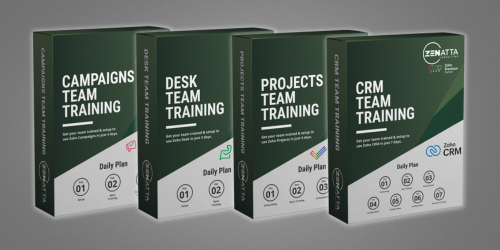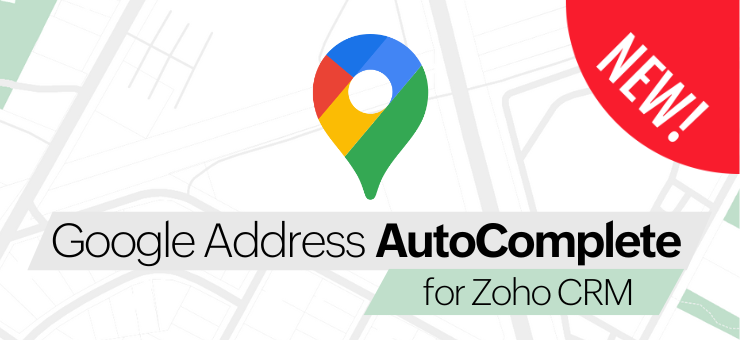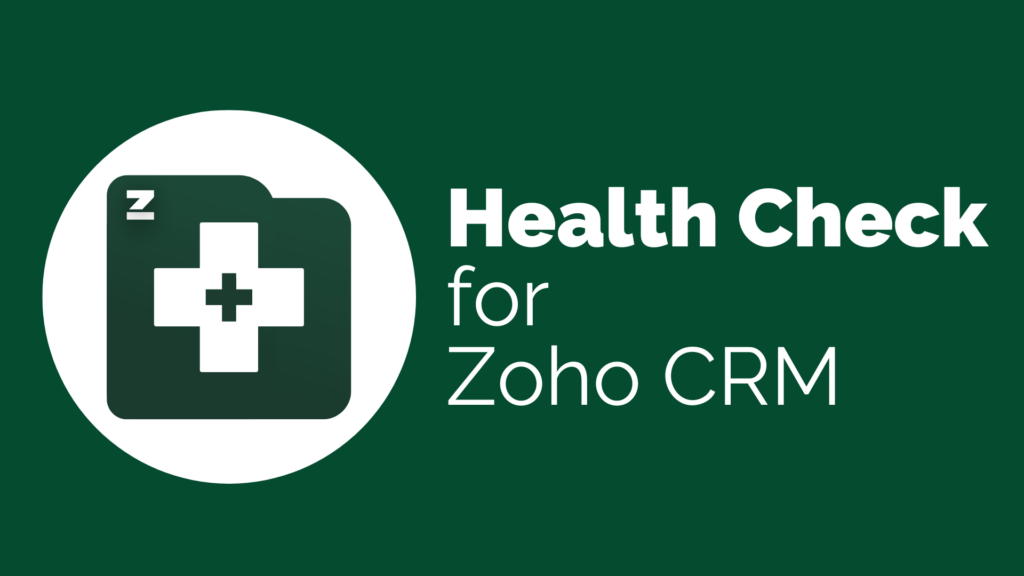When it comes to marketing metrics, most business owners find themselves in one of two camps:
- They either know their bounce rates, conversions, and marketing ROI by heart
- Or they track nothing and prefer to go with the “flow”
You don’t want to be in the second group. To grow any business, you must be strategic, and that’s impossible without some understanding of analytics.
Fortunately, you don’t need to memorize a list of KPIs or be a whiz in math to generate high-quality leads.
Lead generation is by no means a new way of getting new business, but trends and time constraints have led to a better way to get new clients. Instead of setting up a display and hoping that the right customers find you, you can use technology already available to generate leads. At the same time, you can focus on other essential aspects of the company.
Lead Quality
Lead quality is a metric that enables you to identify the likelihood of a particular prospect becoming a paying customer. The better the lead quality, the more likely someone will buy something.
Exactly how you measure lead quality depends on your overall strategy and the type of products or services you offer.
What is a high-quality lead?
Prospects with a high propensity to become a paying customer is a high-quality lead. The highest-quality leads have a strong product fit, which increases their long-term retention and lifetime value. They’re easier for your customer retention and sales teams to manage, but they are typically more expensive for a marketing team to find.
Your company can use any scoring technique to classify lead quality, but there are three particular metrics you should focus on above all else.
The three most important marketing metrics
They are:
- Monthly traffic: How many unique visits does your website get each month?
- Email opt-in rate: How many of those visitors subscribe to your email list?
- List conversion rate: How many of those subscribers ultimately buy something?
Traffic is king. Let’s see an example in action. For simplicity’s sake, let’s assume there is no traffic growth or decline.
Imagine you have a website that gets 10,000 visitors every month. About 10 percent of those readers subscribe to your email list. After one year, you will have 12,000 email subscribers.
At this point, you find out that something you sell converts 1 percent of your email list to paying customers. That means if you pitch something to your email list, you could roughly anticipate 120 sales.
Understanding these three metrics tells you powerful things about your business. Paying attention to these analytics allows you to make targeted improvements that help more people while selling more.
The cost of good leads
As we mentioned before, good leads tend to have a higher acquisition cost. There are two reasons for this:
- Basic economics: There are only so many high-quality leads for your services at any given time, and that drives up advertising and acquisition costs.
- Competition: Qualified leads may already use your competitor’s services, which makes it harder to turn them onto your brand and adds switching costs.
These increased costs tend to drive marketers to seek medium-quality leads, but these leads are more reluctant to agree to the sale or tend to drift away in less time.
Bad Leads
If a higher-quality lead is more likely to buy, then lower-quality leads are less likely to convert.
The worst leads wouldn’t buy from you and could never benefit from doing so — even if you paid to acquire the prospect and he seems to match your ideal profile.
Where low-quality leads come from
There are two primary sources of low-quality leads.
1. A vague website
Many companies preoccupy themselves with getting “more traffic” without thinking any further ahead. What happens with new visitors when they arrive at your site? There should be more than a simple landing page encouraging a single action; the most successful landing pages open up conversations that visitors naturally fall into.
2. The “everybody” problem
Too many companies think they have “the” idea that they can sell to everybody. “Everybody” sounds like a safe audience to pitch to, but there’s a reason they say you can’t please everyone; trying to sell to everyone inevitably leads to an overwhelming amount of low-quality leads. If you’re going to spend the money chasing people, spend it on high-quality prospects.
Good prospects disguised as low-quality leads
Sometimes you’ll have a list of seemingly bad leads that you can actually salvage:
- Not ready to buy: Just because someone doesn’t show up to the first meeting prepared to commit doesn’t mean they never will. Taking a few extra steps to stimulate the desire to buy doesn’t worsen the lead’s quality.
- Stalled at discovery: A lead that stalls after discovering your product is not a bad one. It may, however, be evidence that you need to adjust your pitch.
How low-quality leads impact your business
Collecting and following lousy leads wastes more than time and money; it’s a demoralizing experience for employees who see no return on the work they put in.
CRM Lead Management
Generally, most CRMs don’t have extensive lead management features like maintaining contacts, creating cases, and communicating via email.
With an integrated lead management system, sales reps can tend to live chats on the CRM, email subscribers, and access customer data. It also allows you to focus on increasing the three essential metrics we talked about earlier.
How reduced traffic hurts your business
Let’s go back to the old example. Instead of 10,000 monthly visitors, now you’re only getting 8,000. According to your analysis, you’ll end the year with:
- 96,000 site visitors
- 9,600 new subscribers (10%)
- Only 96 will buy (1%)
- If you sell a $50 product, you now only make $4,800 per email instead of $6,000

Fortunately, you have the analytics telling you where the problem is. In this case, you need more qualified traffic.
Fixing your email opt-in rate
If the traffic and list conversion numbers look good but your opt-in rate doesn’t, your business will suffer. Here’s how:
- Your site still gets 120,000 visitors a year
- Only 6,000 opt in to your list (5%)
- Only 60 sales per email (1%)
Now one email only makes $3,000.
To fix a low opt-in rate, ask yourself: Why would anyone subscribe to your list? If you don’t know the answer to this, there’s your problem.
Every day, friends, family, and other businesses flood people’s inboxes. Nobody wants another email newsletter, so your business needs to stand out amid the noise. The most effective way to do this is to solve your audience’s biggest problem with a video, PDF guide, or similar lead magnet. For example:
- A personal trainer and deadlift expert has a blog with readers who want to lift weight safely. He can create a free PDF guide all about getting started with safe weightlifting as an opt-in reward.
- A dating coach for women knows that standard dating advice is nonsense. Her audience wants to find “The One,” so she makes a free video about this topic to get women to subscribe.
A guide that solves a problem will help your opt-in rate soar — as long as you know your market well.
When people don’t buy
Finally, if your analysis reveals that opt-in and traffic rates are health, the problem may be in your list conversion rate.
- Your site attracts 120,000 visitors a year
- You get 12,000 new subscribers (10%)
- Only 60 people buy (0.5%)
Once again, you only make $3,000 per email with a $50 product. At this point, it’s essential to focus on fixing your sales funnel emails.
Zoho CRM
When it comes to marketing measurement, there is no shortage of possible metrics to track. You can identify which blog posts get the most overall traffic and get the most shares on social media. At the end of the day, though, a business’s number one job is to make sure it is profitable.
Don’t accept any KPI or target based solely on how many leads you acquire. These are vanity numbers that encourage you to compromise lead quality to hit some magic metric that doesn’t mean anything. Remember, it’s not just traffic: It’s the opt-in and list conversion rates, too.
With Zoho CRM, you can easily stay ahead of the numbers, even when you’re away from the office. You can collaborate with your sales and marketing teams while keeping everyone on the same page.









